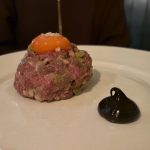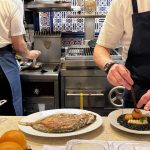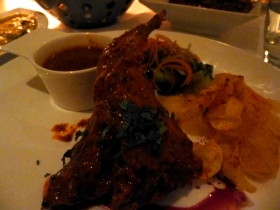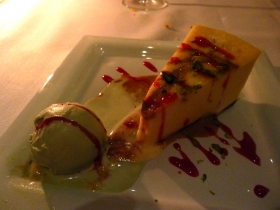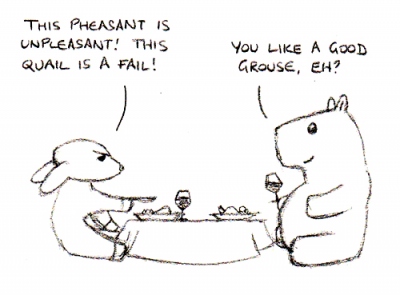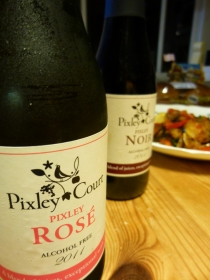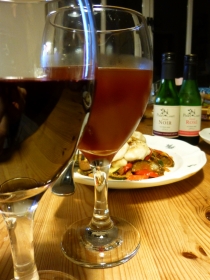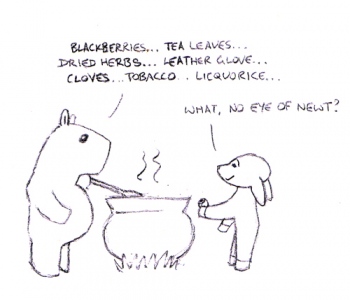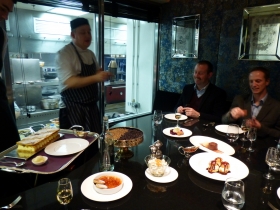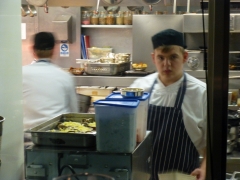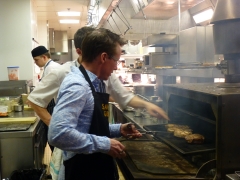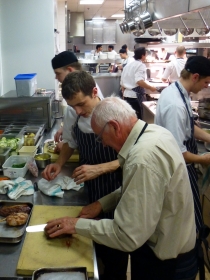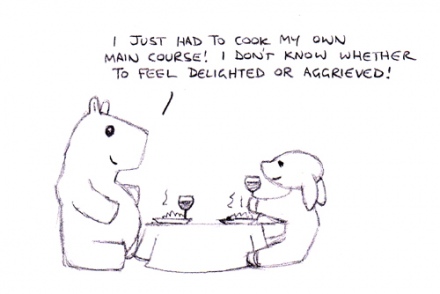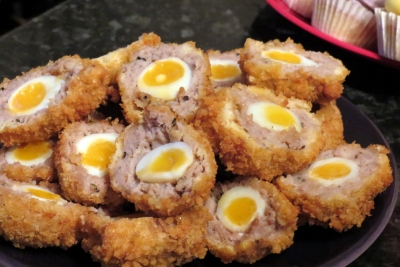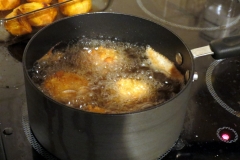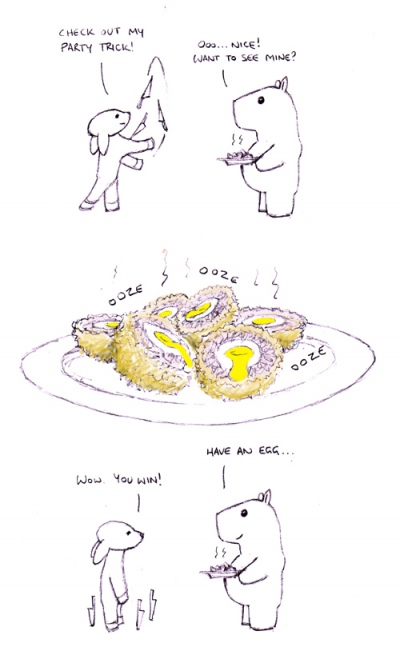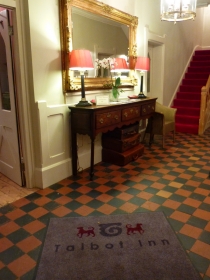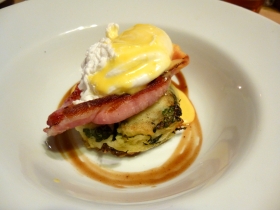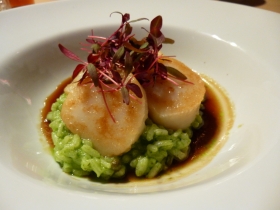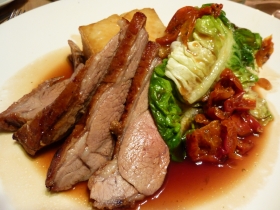Many’s the time I have rocked up at a restaurant as the designated driver and been forced to abstemiously sip nothing but expensive water like a Franciscan penitent, while my fellow diners guzzle buckets of good wine. But in fact I’m only too pleased when it’s my turn to drive, for with only the universal solvent passing my lips I am better able to appreciate the subtle flavours of the chef’s creations in enlightened sobriety right through to the petit fours.
Who am I kidding? Point of fact, I just nurse a single glass of wine through the meal, two if it’s going to be a feast. However, sometimes I don’t want a drink and I also have friends who are much more sensible than me and won’t touch any alcohol if they’re going to be driving. The conversation in far too many otherwise excellent restaurants used to be tragically familiar: Do you have anything non-alcoholic? Yes, we have coke and lemonade, also juice. What kind of juice? Orange, apple, pineapple. Oh and there are some non-alcoholic cocktails.
BAH! Yes, that Grenadine Sunrise is going to pair very nicely with the venison. And nothing more refined than a burger deserves to be washed down with coke. What’s more, not only is your orange juice sure to be some vile concentrate out of a bottle, but also NAME ME ONE PLATE OF FOOD THAT YOU WOULD SERIOUSLY PAIR WITH ORANGE JUICE?
I’ll have water, please.
Times have changed (haven’t they?) and there’s now a host of more sophisticated options from the likes of Belvoir, Loseley, Fentimans and co. Any restaurant still offering only coke and juice needs a hefty boot applying to their rear end. But although these splendid fizzes are tasty and work okay with food, they never come close to the satisfying elegance and complexity of a glass of wine. So is it even possible to create a non-alcoholic drink that approximates the refinement of decent plonk?
Which brings me neatly onto these Pixley Court drinks that I spotted the other day. I purchased a couple of them on the spot. Because I feel strongly about this. They offer up Blanc, Rosé, Rouge and Noir varieties, bottled and labelled to give the distinct impression that these are nifty fruit-based wine substitutes. Let’s see, shall we?
On pouring, the Rosé is fairly opaque and an unappealing brownish-pink that is the sure sign of strawberry juice that hasn’t been mucked about with to keep it pink. Which is usually a good thing, I like honest colour, but if I’m really honest here it does no favours. The Noir is much more like it however, exceedingly dark and mysterious.
The Noir also drinks very dry indeed; lots of blackcurrant and rhubarb, although in this case I’m talking about the literal ingredients rather than a wine-buff’s fanciful imaginings. However it is also mighty powerful and after a few swallows leaves a strong tang in the back of the throat. No surprise really. It also has a big problem with the nose: the first whiff from the glass cheerfully shouts “hello! I’m a glass of Ribena!”
The Rosé is by contrast a more immediately pleasing drink, the rhubarb taking some of the sweetness off the strawberries and apple providing the base. I like it a lot. The trouble is, it’s quite definitely a juice, sweet and fruity and a distinctly more viscous than wine.
I’m not sure I’ll be investing in more of these Pixley Court drinks. The Rosé was pleasant, but it’s really just a juice blend and there’s plenty of great juice blends that go just as well with food at less than half the price. The Noir at least has the distinction of being very serious and original, looking the part and probably containing 10,000% of your RDA of anti-oxidants, but it’s more overpoweringly fruity than even the most forward South African Merlot and leaves an awkward aftertaste. It lacks elegance. Interestingly, it became better when I cut it with about one third water.
So what’s missing? I’m no chemist. I think a berry-based juice is along the right lines, it will have the tannins to give our drink the required dryness. I’d like to think we could get some complexity from herbs and spices, without going over the top. Some sort of infusion. You’d have to wonder whether certain earthy vegetables, like beetroot or celeriac, might offer a good bass note. And finally I’d want to dilute it down, because the sticky mouth-feel of juice just spoils any sense of refinement. I wonder if a green tea would be a more interesting solute than just water? Of course the one thing you can’t do that fermentation does is remove the sugars, and I’m pretty sure that the alcohol does more than just get you tipsy; all those volatile compounds resulting from the fermentation must be having all kinds of fun on your nose and in your mouth. I’ll bet there’s lots of fun to be had in a chemical laboratory but I’d have no idea where to start.
Besides, I’m not actually trying to replicate the taste of wine. My beverage to compliment good food can be entirely different, I just need it to be refined, satisfying, delicious and not fizzy. Tall order, perhaps.
You know, I think I feel some experimentation coming on. Watch this space. Oh, and I’d love to hear anyone else’s thoughts (or any useful links) on this subject. Does the subject ever even trouble your thoughts?
PS: Just to be crystal clear, I bought the Pixley Court drinks in a shop, myself. I’m not the kind of blogger who blags freebies by offering to write a review! Not out of principle you understand, but because no-one has ever offered me a freebie.



